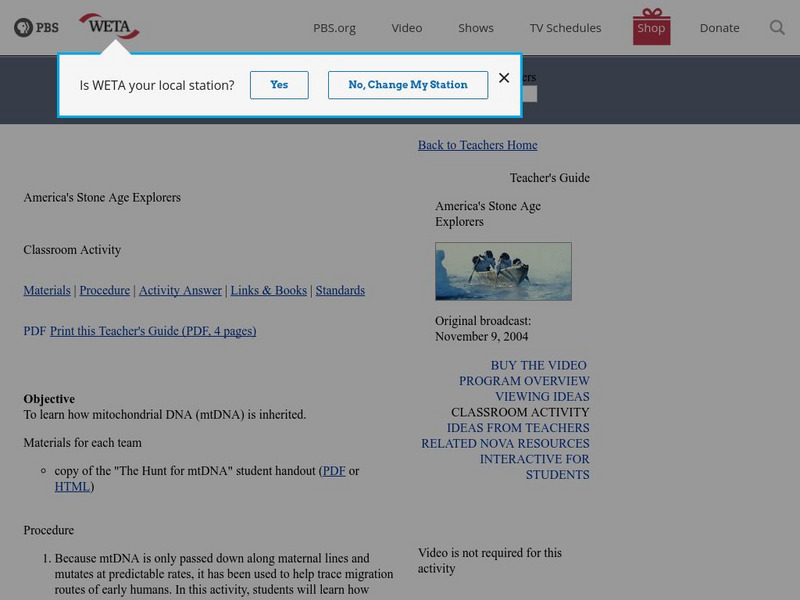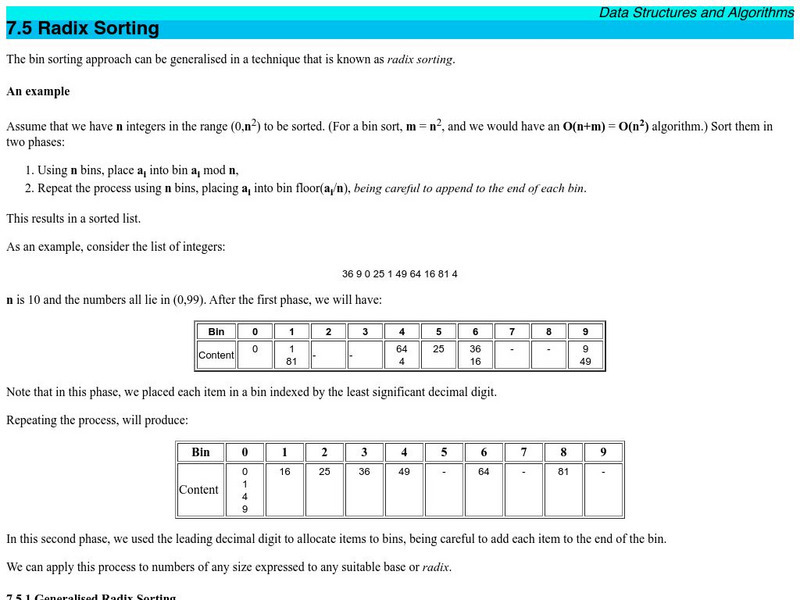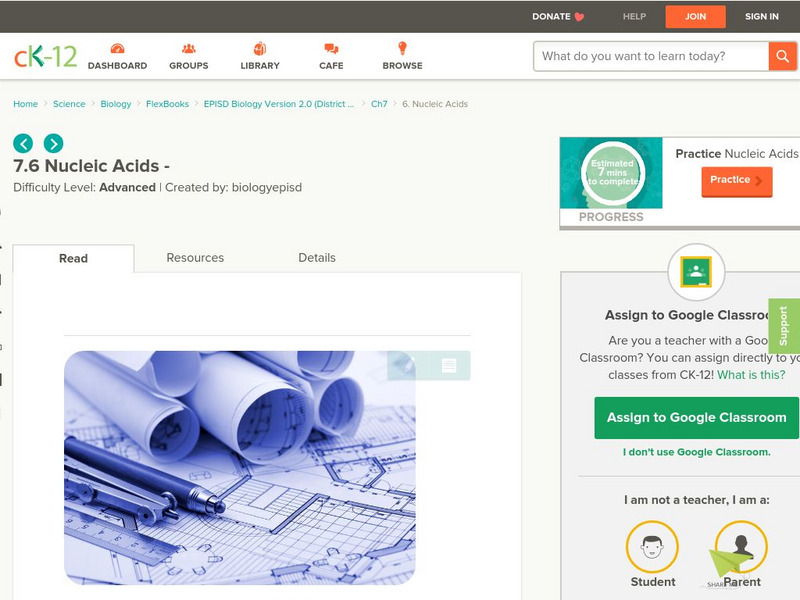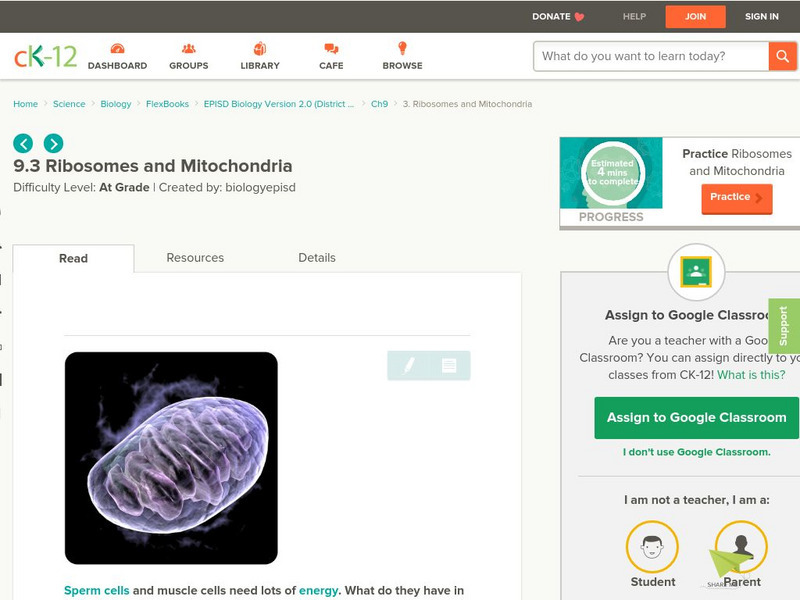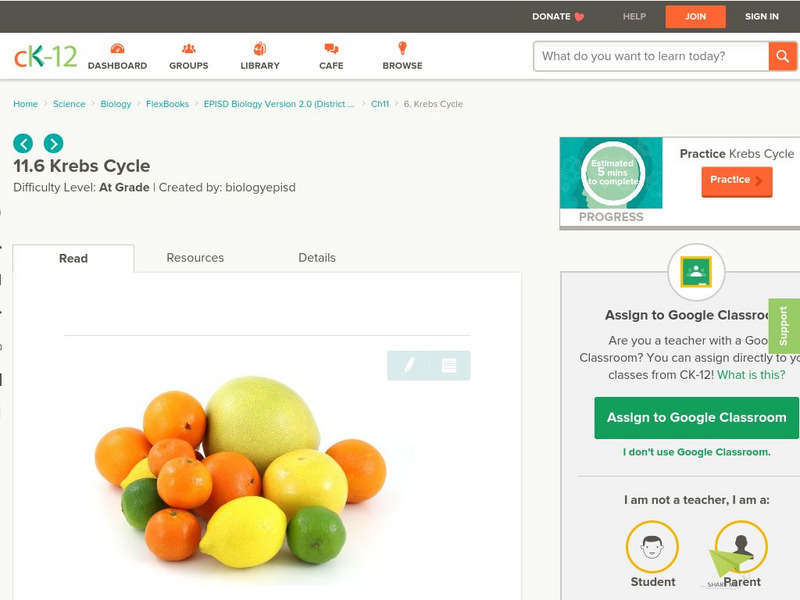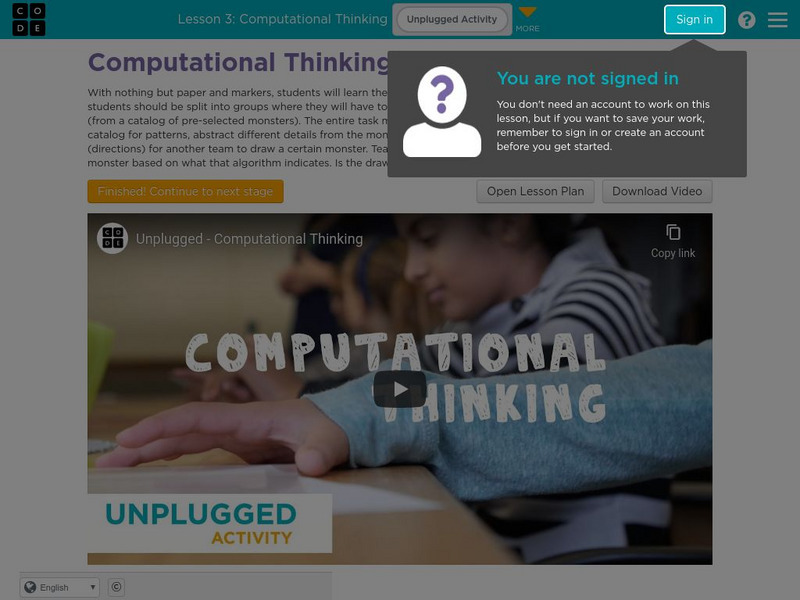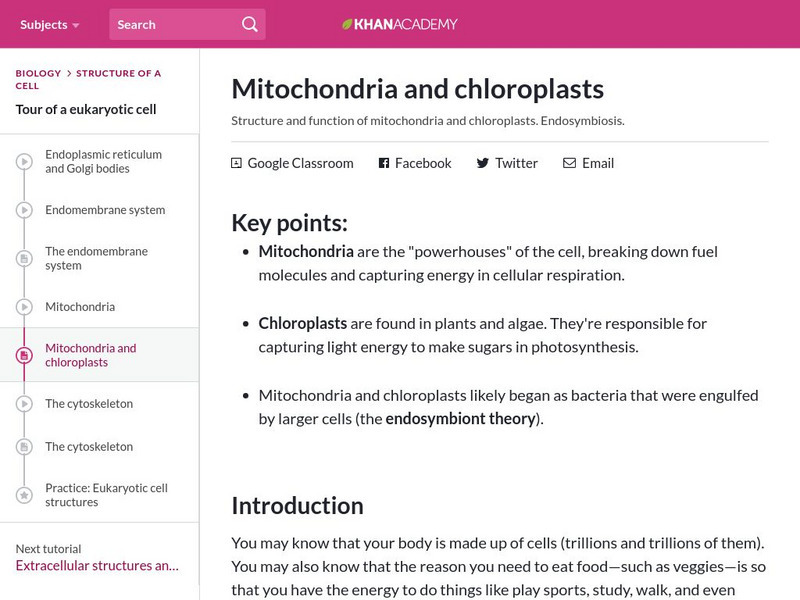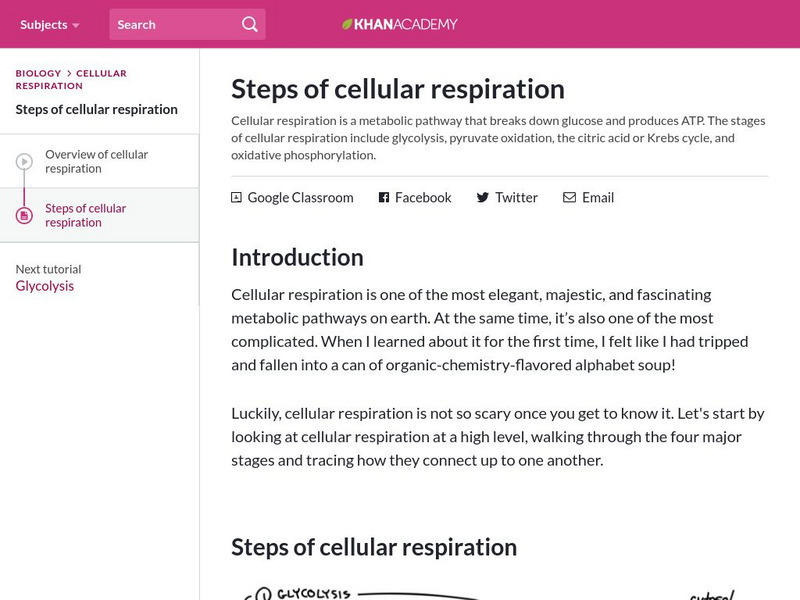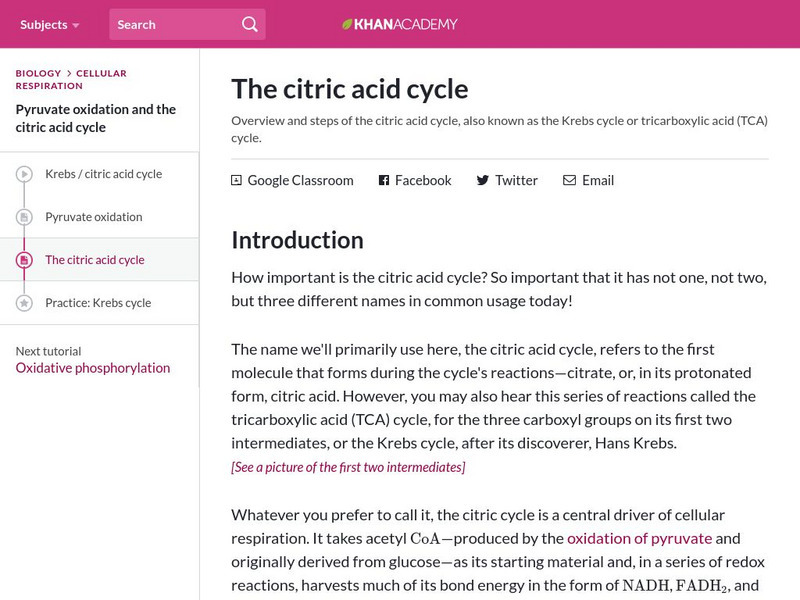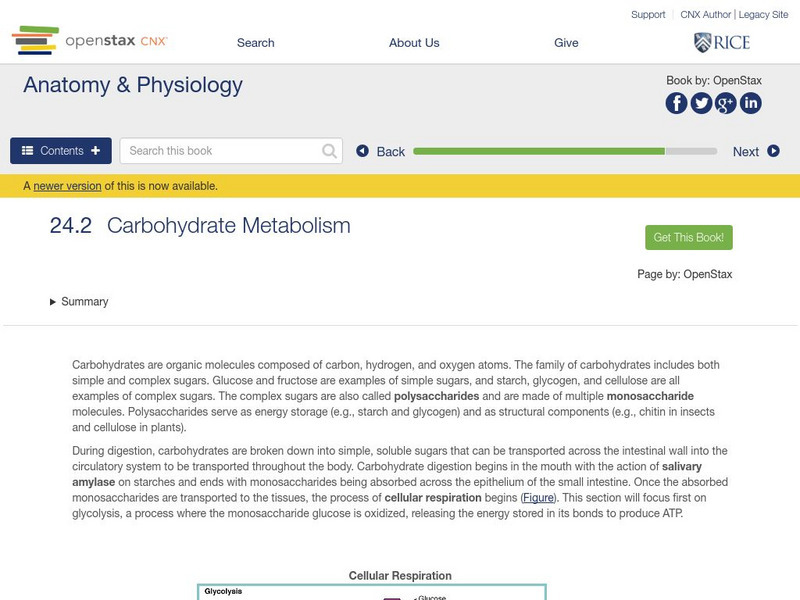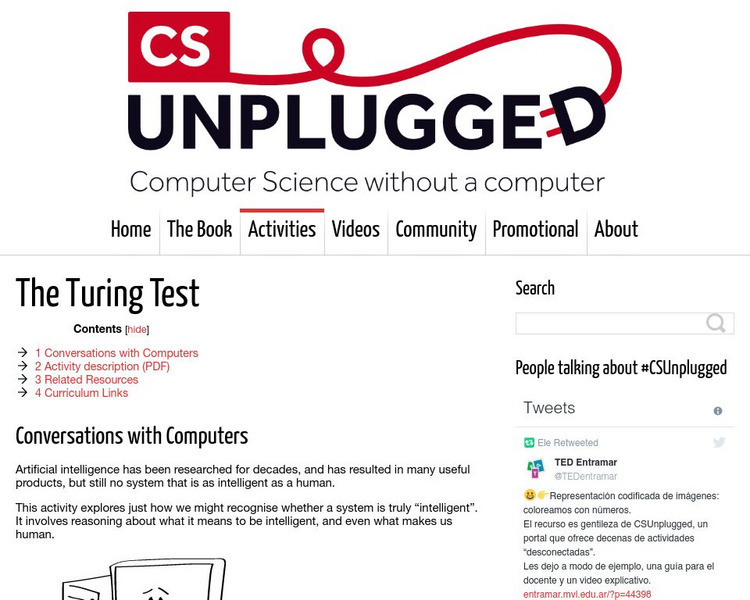PBS
Pbs Kids: Design Squad: Build: Robo Wheel
Make your own Robo Wheel to race or do freestyle tricks using simple household items like paper bowls, string, and rubber bands.
Vision Learning
Visionlearning: Earth Cycles: The Phosphorus Cycle
An introduction to the significance of phosphorus in regards to living organisms. An explanation of the phosphorus cycle is discussed in different scenarios.
PBS
Pbs Teachers:america's Stone Age Explorers
Discover how mitochondrial DNA (mtDNA) is inherited, and complete a pedigree chart by determining which individuals might share mtDNA with an unknown ancestor.
Other
University of Birmingham: "Top Down" and "Bottom Up" Design
Describes bottom-up design methodology and differentiates it from top-down procedures. Contains some questions to help choose a particular methodology.
University of Auckland School of Computer Science
Morris: Hash Tables
A description of hash tables and how they are created.
University of Auckland School of Computer Science
Morris: Radix Sorting
A detailed description of the Radix sort algorithm, including a code solution written in the C programming language and an interactive animation / visualization of the sort at work.
University of Auckland School of Computer Science
Morris: Binary Search
A description of finding data in an ordered collection using a binary search algorithm.
University of Auckland School of Computer Science
Morris: Sorting
A description of simple sorting algorithms such as insertion and bubble sorts.
Vision Learning
Visionlearning: Energy in Living Systems: Energy Metabolism I
Detailed explanation of how food is broken down and metabolized in our bodies to be used for energy.
CK-12 Foundation
Ck 12: Nucleic Acids
[Free Registration/Login may be required to access all resource tools.] Online activity covers the structure and function of nucleic acids. Students will learn about nucleotides, the different types of nitrogenous bases, and the...
CK-12 Foundation
Ck 12: Ribosomes and Mitochondria
[Free Registration/Login may be required to access all resource tools.] Activity explains the structure and function of ribosomes and mitochondria.
CK-12 Foundation
Ck 12: Krebs Cycle
[Free Registration/Login may be required to access all resource tools.] After studying the Krebs Citric Acid Cycle, students will be able to identify what happens to the product of glycolysis and explain the steps and results of the cycle.
Georgia Department of Education
Ga Virtual Learning: Ap Biology: Energy Transformations
Through interactive learning exercises, students examine the different definitions of energy and how enzymes regulate how the energy is stored and used during cellular respiration. They also take a close look at photosynthesis to learn...
Code.org
Code Studio: Computational Thinking
Introduce the Computational Thinking model as a way of preparing real-world problems for digital representation. With nothing but paper and markers, students learn the four steps of computational thinking.
Khan Academy
Khan Academy: Mitochondria and Chloroplasts
Resource takes a look at the structure and function of the organelles mitochondria and chloroplasts. It also examines endosymbiosis, where the organelles probably came from.
Khan Academy
Khan Academy: Introduction to Cellular Respiration and Redox
Introduction to redox in cellular respiration. Provides an overview of how cells break down fuels and looks at some of the electron transfer reactions that are key to this process.
Khan Academy
Khan Academy: Steps of Cellular Respiration
Resource walks you through the four major stages of cellular respiration which include glycolysis, pyruvate oxidation, the citric acid or Krebs cycle, and oxidative phosphorylation and traces how they connect up to one another.
Khan Academy
Khan Academy: Glycolysis
Provides an overview of glycolysis which is the first step in the breakdown of glucose to extract energy for cellular metabolism. The article discusses in detail its two main phases: the energy-requiring phase and the energy-releasing...
Khan Academy
Khan Academy: The Citric Acid Cycle
Resource provides an overview of the steps of the citric acid cycle, also known as the Krebs cycle or tricarboxylic acid (TCA) cycle. Gives detailed examples of how this amazing cycle works and discusses the products of the cycle.
OpenStax
Open Stax: Anatomy & Physiology: Carbohydrate Metabolism
Students understand the process of carbohydrate metabolism, and the chemical processes involved in this aspect of digestion.
TeachEngineering
Teach Engineering: How Do You Make Loops and Switches?
Students learn how to program using loops and switches. Using the LEGO MINDSTORMS NXT robots, sensors and software, student pairs perform three mini programming activities using loops and switches individually, and then combined.
TeachEngineering
Teach Engineering: Does It Work? Test and Test Again
Testing is critical to any design, whether it be in the creation of new software or building a bridge across a wide river. Despite risking the quality of the design, the testing stage is often hurried in order to get products to market....
CK-12 Foundation
Ck 12: Biology: Nucleic Acids
[Free Registration/Login may be required to access all resource tools.] Covers the structure and function of nucleic acids.
University of Canterbury
University of Canterbury: Cs Unplugged: The Turing Test
Explore how we might recognize whether a system is truly intelligent. It involves reasoning about what it means to be intelligent, and even what makes us human.
Other popular searches
- Cell Energy Atp
- Atp Aerobic Anaerobic
- Atp and Adp
- Atp Lecture
- Cell Function Atp
- Energy Atp
- Atp Cp
- Atp Cap
- Atp Synthase
- Atp Molecules
- Atp Adp
- Atp, Aerobic, Anaerobic


